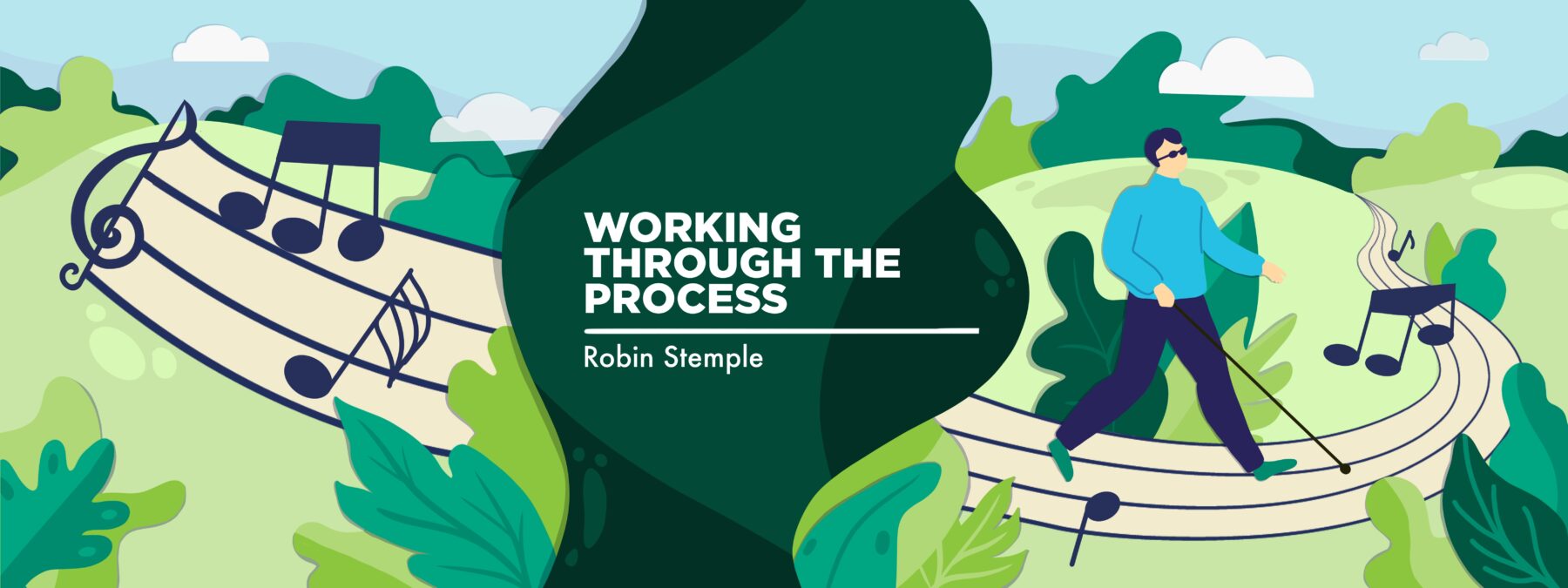Some advice on reading facial expressions and body language
The physical manifestations of FSHD can lead to misinterpretations by others

I recently talked with a friend about body language and facial expressions. She’d attended a public hearing where she ended up sitting just behind the main speaker. As the hearing progressed, she became certain she’d be seen on Zoom. That made her extremely conscious of her facial expressions and body language.
The hearing lasted several hours. Although she was interested in the subject, she found it challenging to keep appearing fascinated by the proceedings, as she’d wanted.
We agreed that the interpretation of body language can be an issue during online meetings, particularly with facial expressions and arm movements, which are what most people see. And for those of us with facioscapulohumeral muscular dystrophy (FSHD), that can cause several misinterpretations because FSHD affects our bodies from the shoulders up.
Our discussion prompted a vivid memory from years ago, when I attended the University of Virginia’s business management training (BMT) program. It was a partnership between the university and the National Industries for the Blind (NIB), the largest U.S. employment resource for people who are blind. The goal was to provide education and training for workers employed by NIB-affiliated agencies to help them qualify for leadership roles. The BMT program has since evolved into NIB’s Business Leaders Program.
The curriculum included a session on the proper interpretation of body language and facial expressions. But the longer the instructor talked, the more I needed to push back. For people with FSHD, the usual interpretations of body language and facial expressions may be wildly inaccurate.
Getting an accurate read
I often sit with my arms crossed, for instance. This position doesn’t signal that I’m bored or closed off from hearing what a speaker has to say. It’s because sometimes the weight of my arms pulling on my shoulders causes pain between my shoulder blades. Crossing my arms and pulling my shoulders forward helps ease the discomfort.
My facial muscles haven’t been as affected as they are in many people with FSHD. That said, I find it difficult to smile. And because of jaw weakness, my mouth sometimes hangs open. Since I’m also blind and wear dark glasses, people have even less of my face to read. That all makes it easy to misinterpret the “blank” look on my face. People may think I’m sad, angry, or bored, when I’m none of these things.
My neck weakness means my head often hangs down, with my chin resting on my chest. I find this position especially happens when I’m seated in a straight-backed chair, such as an office chair or a typical church pew. It’s not an indication that I’m tired, drowsy, or sleeping. People may think I’ve fallen asleep attending an online meeting, listening to a sermon, or watching a movie, when instead I’m engaged.
I’m not saying I’ve never dozed off in the evening after I lost interest in a television show, but that’s generally not the case. The chin-to-the-chest position is simply more comfortable for me. In fact, my head is probably lowered more than it is for others with FSHD because, as a blind guy, the view is the same for me no matter what position my head happens to be in.
Please don’t assume that my body language and facial expressions mean what the communication gurus tell you. I think I speak for many of us with FSHD or other disabilities when I ask you to please throw out your notes from that class you took on body language interpretation. Get to know me first. Believe me: My body is speaking an entirely different language than what you’ve probably been taught.
Note: Muscular Dystrophy News Today is strictly a news and information website about the disease. It does not provide medical advice, diagnosis, or treatment. This content is not intended to be a substitute for professional medical advice, diagnosis, or treatment. Always seek the advice of your physician or another qualified health provider with any questions you may have regarding a medical condition. Never disregard professional medical advice or delay in seeking it because of something you have read on this website. The opinions expressed in this column are not those of Muscular Dystrophy News or its parent company, Bionews, and are intended to spark discussion about issues pertaining to muscular dystrophy.








Leave a comment
Fill in the required fields to post. Your email address will not be published.